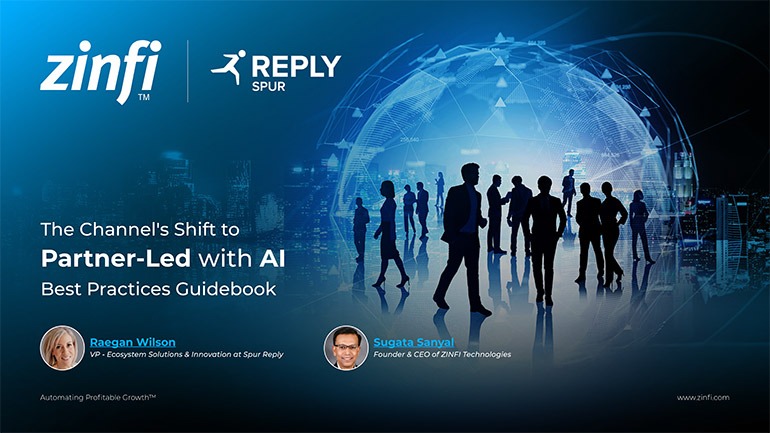Best Practices Articles

The Evolution of Partner Relationship Management: Why Efficiency is the Future of Channel Partnerships
In the complex and ever-evolving landscape of B2B enterprise sales, Partner Relationship Management (PRM) has long been a cornerstone of go-to-market strategy. For decades, companies have relied on these systems to manage their channel partnerships, hoping to unlock new markets, drive revenue, and build a scalable sales engine. However, as the pace of business accelerates and market demands become more acute, the traditional PRM model has begun to show its age. The rigid, often manual, and siloed nature of these systems is proving to be a significant bottleneck, creating friction and inefficiency rather than fostering growth. The limitations of historical Partner Relationship Management have become particularly evident in a climate where company boards and investors emphasize efficiency and a quantifiable return on investment (ROI). This pressure is forcing a fundamental re-evaluation of how businesses engage in channel partnerships, prompting a necessary and overdue evolution in the entire ecosystem.
This article will explore this pivotal shift, examining why the old ways of Partner Relationship Management are no longer sustainable and how a new, data-driven approach paves the way for a more agile and profitable future. The traditional approach, often characterized by fragmented data and a lack of real-time insights, is unsuitable for the modern market. The demand for tangible results and a clear ROI is forcing a change, and the answer lies in a more intelligent and streamlined approach to managing the entire partner ecosystem. A revolutionary approach to Partner Relationship Management defines this new era of channel partnerships.
The discussion between Sugata Sanyal and Naomi Dreifuss of Zugit illuminates this transformation with remarkable clarity. Naomi’s experience, as both a salesperson and a founder, provides a unique perspective on the pain points that have long plagued the world of channel partnerships. She speaks to a pervasive frustration with traditional Partner Relationship Management, a system she found “exhausting and very complicated.” This feeling directly results from the inefficiency embedded in the old models. These systems were often designed as a one-way street, where vendors pushed information to partners but lacked a robust mechanism for gathering feedback, insights, and critical data in return. This created a knowledge gap that hindered strategic decision-making and made it nearly impossible to optimize the partner ecosystem.
The need for a more dynamic and intelligent approach to Partner Relationship Management is no longer a luxury; it is a critical necessity for any company that wants to compete effectively in channel partnerships. The rise of AI in partnerships directly responds to this need, offering a path forward that is both efficient and highly effective. This shift toward Partner Ecosystem Optimization is not just about technology but a new mindset that values data, agility, and a true partnership ethos in channel partnerships. The old way of doing things, characterized by manual processes and a reliance on gut instinct, is being replaced by an era of Ecosystem Intelligence and data-driven decision-making in Partner Relationship Management.
🎥 Watch the Full Video Podcast
The Demand for Efficiency and the Rise of Agile Go-to-Market
The most significant catalyst for the evolution of Partner Relationship Management is the intensifying demand for efficiency from C-level executives and company boards. Naomi Dreifuss explains that the era of "throwing money at the problem" in go-to-market strategies, whether direct or indirect, is over. Boards are now looking for a faster and more predictable ROI, and they are scrutinizing the performance of every part of the business, including channel partnerships. This pressure is forcing a profound change in how companies think about their sales and marketing efforts. The slow, rigid, and often annual-based partner programs of the past are not equipped to meet these modern demands.
Naomi draws a powerful parallel to the agile development movement, revolutionizing software engineering by replacing the cumbersome waterfall model with rapid, iterative cycles. She argues that the business's go-to-market side, including channel partnerships management, must transform similarly. This is not just a strategic recommendation but an imperative for survival in an increasingly competitive global marketplace. The demand for efficiency is forcing a pivot toward more dynamic and responsive systems, a shift enabled by AI's transformative power in partnerships. The future of channel partnerships will be defined by how well companies can adapt their Partner Relationship Management strategies to these new demands.
The traditional approach to Partner Relationship Management and channel partnership was often reactive and based on historical data. Channel managers would spend their time manually tracking partner performance, struggling to get a complete picture of the ecosystem. This lack of real-time insights made it difficult to make strategic decisions or to identify and address problems proactively. The introduction of AI in partnerships is changing this dynamic completely.
By leveraging machine learning and sophisticated algorithms, companies can gain Channel Partner Analytics that was previously unimaginable. They can track key metrics, identify trends, and even predict potential issues before they arise. This move from a reactive to a proactive model is a game-changer for channel partnerships. It allows companies to focus their resources on the most promising opportunities, nurture the most valuable relationships, and sunset the partnerships that are no longer productive. This data-driven approach is the future of Partner Relationship Management, and the relentless demand for efficiency and tangible results drives it. The era of guesswork is over, replaced by an era of Ecosystem Intelligence. This enables companies to achieve proper Partner Ecosystem Optimization, ensuring that every effort and investment in channel partnerships yields the highest possible return. This is the ultimate goal of modern Partner Relationship Management.
The old models also suffered a significant disconnect between the vendor and the partner. Naomi’s research revealed that many partners were burdened with using multiple, clunky vendor portals, each with its own rules and requirements. This created a significant inefficiency for partners and made it difficult for them to focus on what they do best: selling. This friction was an inconvenience and a barrier to trust and collaboration. The lack of a unified, intelligent system for Partner Experience Management meant that vendors often had a one-sided view of the relationship, missing critical feedback and sentiment from their partners. This made it difficult to truly understand the partnership's health and make the necessary adjustments to improve it. The new model, driven by AI in partnerships, seeks to solve this by providing a unified, intelligent platform that offers a single source of truth for both parties. It is a win-win scenario: vendors get the data they need to optimize their ecosystem, and partners get a more streamlined and efficient experience. This is the future of Partner Relationship Management, and it is one built on a foundation of mutual trust and shared data, facilitated by the advanced capabilities of AI-Powered PartnerOps. This modern approach to channel partnerships is what sets it apart from the old, outdated models of Partner Relationship Management.

The Frustration of the Traditional PRM Model
To fully appreciate the need for a new approach, it is essential to understand the deep-seated frustrations that have long defined traditional Partner Relationship Management. Naomi Dreifuss, with her background in direct sales, experienced this firsthand. She found that the partnership side of the business was often seen as an "exhausting and very complicated" part of the job. This sentiment was not just her own; it was shared by many of her peers across the industry. The friction she describes was not just operational; it was cultural. There was often a palpable lack of trust between the direct sales and partnership teams.
Salespeople were wary of bringing partners into a deal, fearing that it would complicate their commission or that they might lose control of the customer relationship. This fear was not unfounded, as the existing Partner Relationship Management systems often lacked the transparency and accountability to ensure a fair and collaborative process. This created a climate of internal competition rather than cooperation, a significant obstacle to maximizing the value of channel partnerships. The old systems were not designed to foster trust and transparency for a genuinely collaborative and successful partner program. The frustrations with Partner Relationship Management indicate that a change was needed.
This distrust extended to the partners, who were often reluctant to share valuable pipeline information with vendors. They feared that if they revealed too much, the vendor might go direct to the customer, cutting them out of the deal entirely. This created a vicious cycle of secrecy and inefficiency, where no one was fully committed to the partnership. The traditional PRM tools, often little more than a static database, did little to alleviate this problem. They lacked the dynamic capabilities to track real-time engagement, analyze sentiment, or provide a unified view of the partnership's health. This created a situation where decisions were often based on gut feelings and outdated information, rather than complex data. This is where the old model of Partner Relationship Management truly failed. It was not designed to foster trust and collaboration but to manage a transaction. The lack of a system that could provide genuine Ecosystem Intelligence meant that the full potential of channel partnerships was never realized. The industry was operating in mutual suspicion, a situation ripe for a transformative solution. This historical baggage of Partner Relationship Management is what a new era of AI in partnerships is designed to overcome.
Naomi’s extensive research on channel partnerships involved speaking with hundreds of channel managers and their partners, confirming these frustrations. She found that the existing systems were cumbersome for partners and ineffective for vendors. Channel managers spent considerable time on manual tasks, trying to create a coherent picture of their ecosystem from disparate sources. The lack of a unified source of truth made it challenging to decide which partners to invest in or which ones to sunset. This inefficiency was a major drain on resources and a significant barrier to growth. The old model of Partner Relationship Management was failing everyone involved.
It was clear that a new approach was needed, one that could leverage modern technology to build trust, improve transparency, and drive real efficiency. As Naomi realized, the solution was to create a system that provided vendors with the kind of Ecosystem Intelligence they needed to make smart, data-driven decisions. This new model, powered by AI in partnerships, promises to replace the old frustrations with a new era of collaboration and success in channel partnerships.

Conclusion
The era of inefficient and frustrating Partner Relationship Management is ending. The demand for efficiency from C-level executives and the availability of advanced technology drive a fundamental evolution in how businesses manage their channel partnerships. The old, rigid, and manual systems are being replaced by a new, agile, data-driven approach, spearheaded by companies like Zugit. This new model, powered by AI in partnerships, transforms the entire partner ecosystem, moving it from friction and secrecy to trust and transparency. The focus shifts from simply managing a transaction to optimizing a dynamic and complex partner ecosystem. This new approach to Partner Relationship Management is a direct response to market demands.
The insights from Naomi Dreifuss and Sugata Sanyal’s discussion make it clear that the future of channel partnerships belongs to those who embrace this change. The new model is about more than just technology; it is about a new way of thinking about partnerships that values data, collaboration, and a relentless pursuit of efficiency. The solutions being built today, which leverage AI in partnerships to provide granular Channel Partner Analytics and powerful Ecosystem Intelligence, enable companies to make smarter decisions and unlock the full potential of their partnerships. This transformation benefits business and the industry, creating a more dynamic and equitable environment for vendors and partners. The journey from the old, frustrating models of Partner Relationship Management to a future of AI-Powered PartnerOps is well underway, and it promises to reshape the landscape of B2B sales for years to come. This evolution is a direct result of the market's demand for better, more measurable results, and it is a testament to the power of innovation driven by a deep understanding of a problem in channel partnerships. This is the new standard for Partner Relationship Management.
Best Practices Guidebook
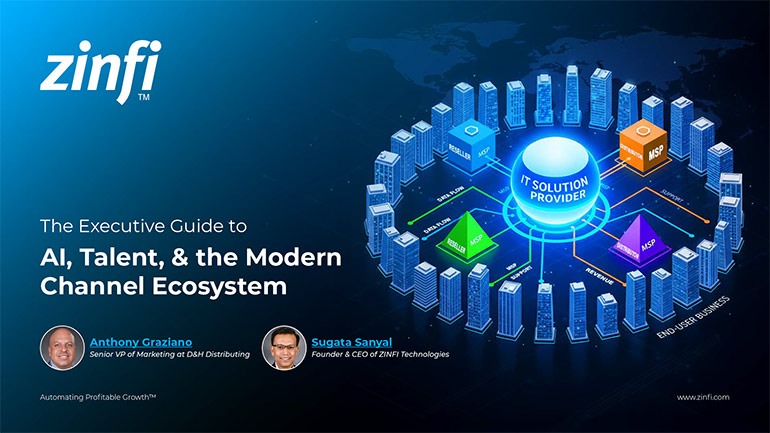 Modernizing Channel Marketing: AI and Ecosystem Enablement Best Practices
Modernizing Channel Marketing: AI and Ecosystem Enablement Best PracticesDownload for FREE
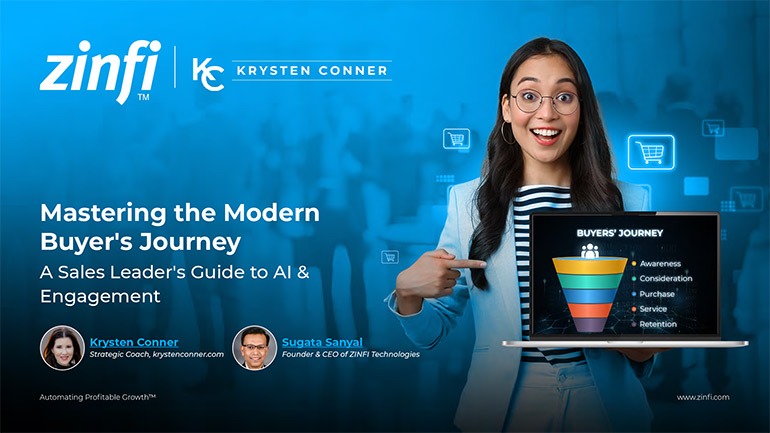 The Channel’s Shift to Partner-Led With AI Best Practices
The Channel’s Shift to Partner-Led With AI Best PracticesDownload for FREE
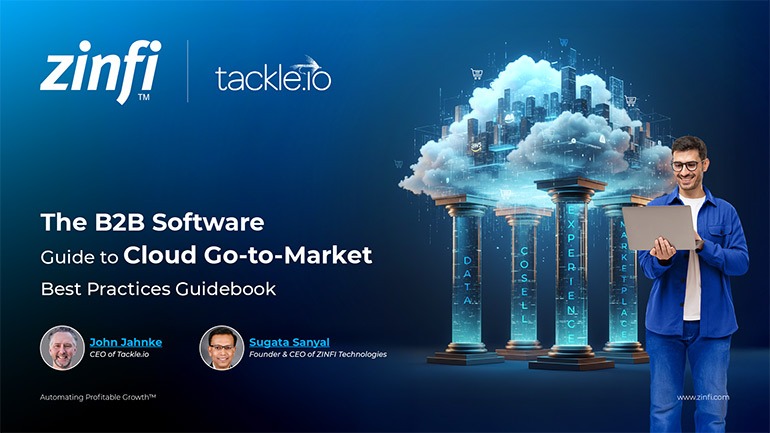 Hyperscalers, ISVs, and AI: Shaping the Future of B2B Software Distribution
Hyperscalers, ISVs, and AI: Shaping the Future of B2B Software DistributionDownload for FREE
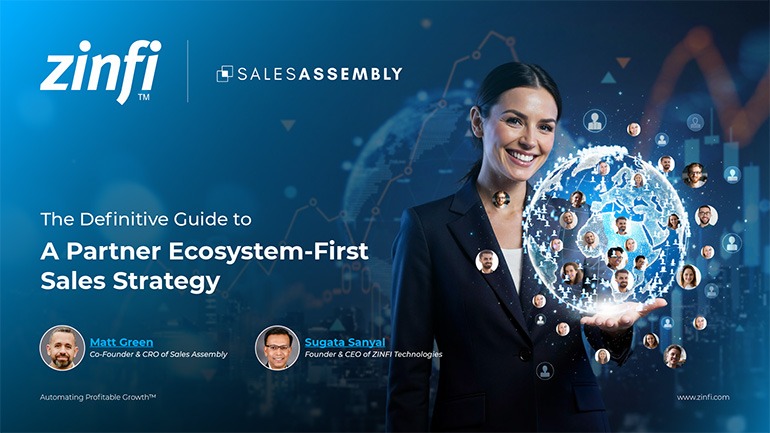 Definitive Guide to a Partner Ecosystem-First Sales Strategy
Definitive Guide to a Partner Ecosystem-First Sales StrategyDownload for FREE
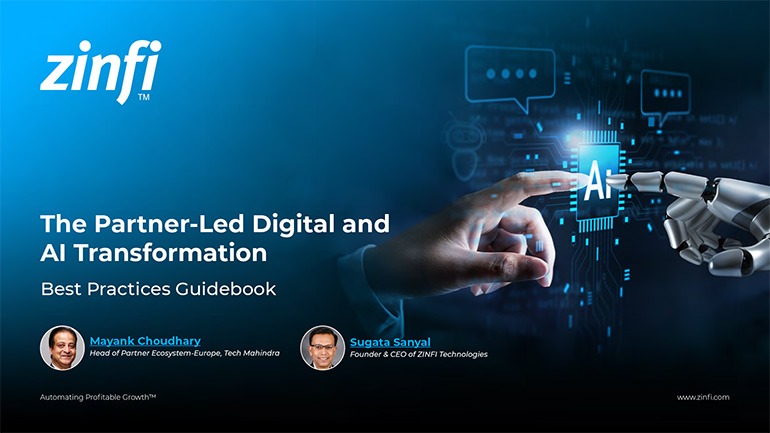 The Partner-Led Digital and AI Transformation Best Practices
The Partner-Led Digital and AI Transformation Best PracticesDownload for FREE
 Startup Talent Recruitment: Hiring Missionaries, Not Mercenaries
Startup Talent Recruitment: Hiring Missionaries, Not MercenariesDownload for FREE
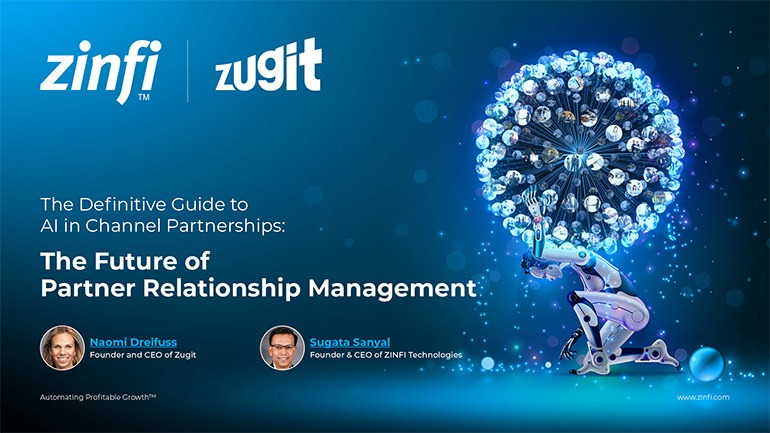 The Future of Partner Relationship Management with AI in Partnerships
The Future of Partner Relationship Management with AI in PartnershipsDownload for FREE
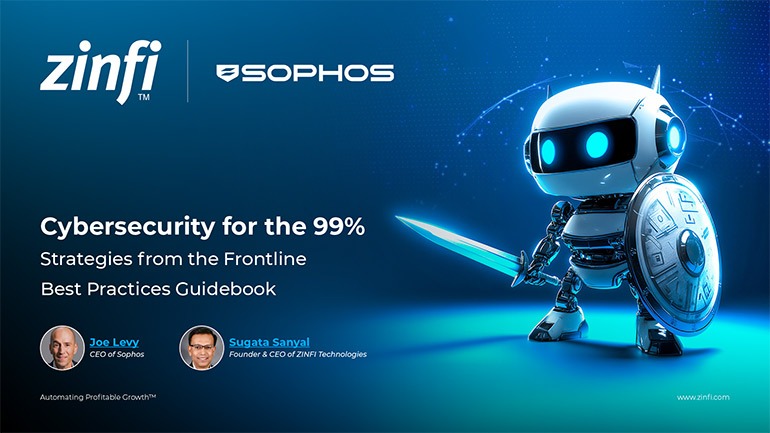 Cybersecurity for the 99%: Strategies from the Frontline
Cybersecurity for the 99%: Strategies from the FrontlineDownload for FREE
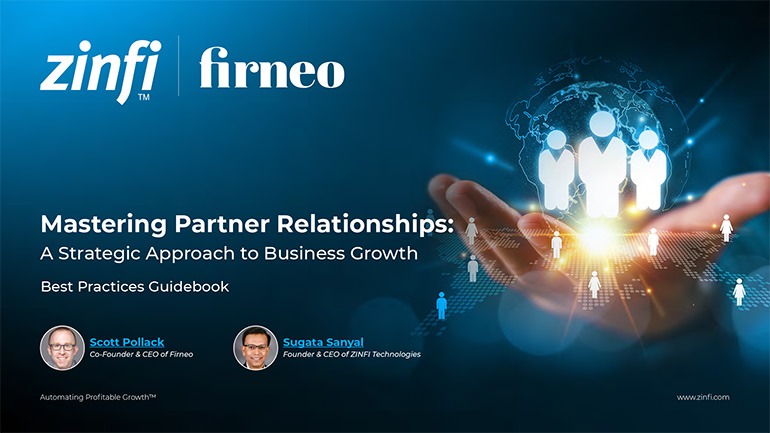 Mastering Partner Relationships: A Strategic Approach to Business Growth
Mastering Partner Relationships: A Strategic Approach to Business GrowthDownload for FREE
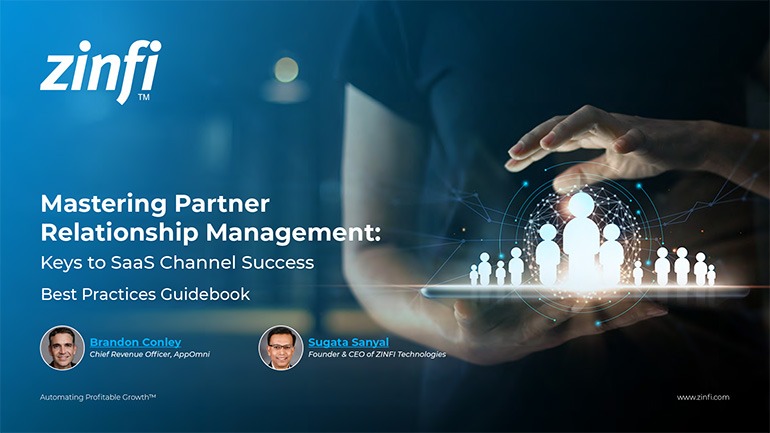 Mastering Partner Relationship Management: Keys to SaaS Channel Success
Mastering Partner Relationship Management: Keys to SaaS Channel SuccessDownload for FREE
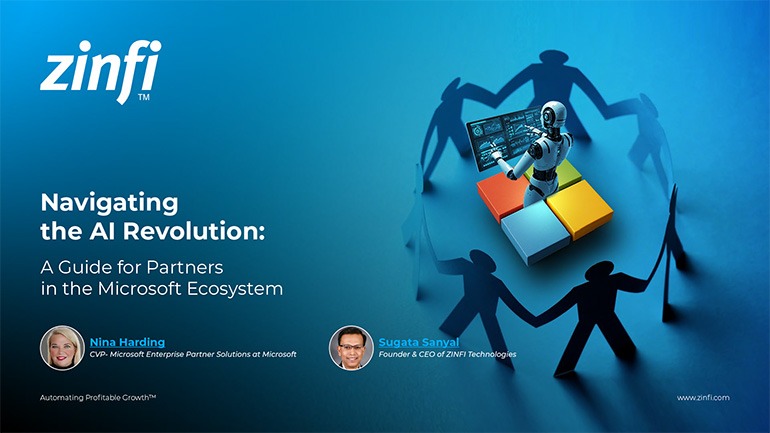 Navigating the AI Revolution: Guide for Partners in the Microsoft Ecosystem
Navigating the AI Revolution: Guide for Partners in the Microsoft EcosystemDownload for FREE
 Mastering the Modern Buyers Journey: Sales Leader’s Guide to AI & Engagement
Mastering the Modern Buyers Journey: Sales Leader’s Guide to AI & EngagementDownload for FREE

